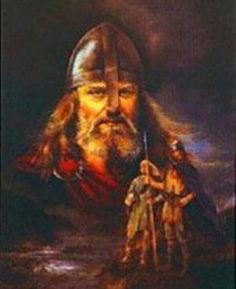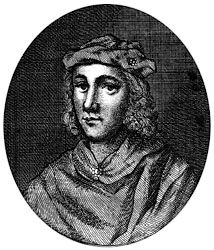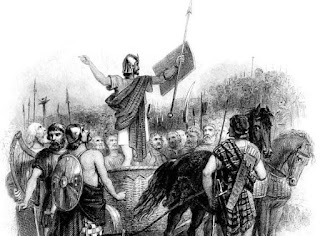Lion Rampant
The Lion Rampant is one of Scotland's most recognisable symbols. It is the beloved standard of the Scottish football fan, whether on the regular pilgrimages to Hampden Park or sweeping south with the happy Tartan Army.
Over 800 years ago it became the standard of a very different army – Scotland's Medieval host – as the heraldic banner of the kings of Scots.
William I is credited with giving Scotland the Lion Rampant, even though the epithet 'The Lion' seems only to have been attached by later chroniclers.
There is a story that William was gifted two lions by a knight returning from the crusades.
In the 1170s, heraldic symbols and beasts became the new badges of identity for the fashion-conscious king and noble families of Northern Europe. So it is entirely possible that William took up the device as a status symbol. It also served the practical purpose of differentiating followers on the battlefield as a standard around which they could protect their lord.
Its first recorded use was by William's son, Alexander II, who used a rampant lion on his Great Seal.
In the reign of Alexander III, the lion developed its familiar surrounding frame known technically as a double tressure flory and counter flory.
Robert the Bruce was handed the royal standard in 1306 and has since been immortalised in Scottish iconography as associated with the Lion Rampant.
Bruce's son David added the sword to the royal crest, the sceptre was introduced in 1542, and the standing lion adorned all the privy seals of the kings until 1603.
But it wasn't the Bruces who really popularised the Lion rampant, rather it was those masters of promotion, the Stewarts. They placed it where everyone would see it-on Scotland's coins.
Gold coins from the reign of Robert III (1390-1406) and James II (1437-60) were known as lions, because they were stamped with a lion on one side.











Comments
Post a Comment